The mysterious "strange object" on Google Maps, suspected UFO in Antarctica, shocked the world
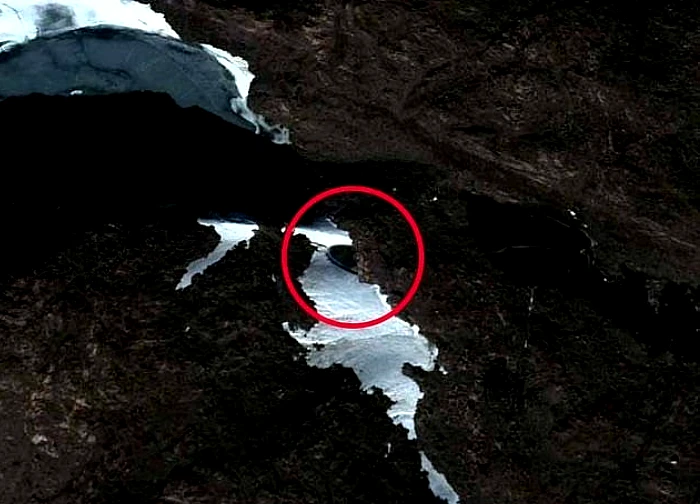
4 | 0 Discuss | Share
According to the New York Post, archaeologists in northern China have unearthed a small but ornate tomb dating back 1,200 years on a mountain outside Taiyuan, the capital of northern China's Shanxi province .
The ancient tomb dates back to China's Tang Dynasty (618-907 AD), a period that coincided with the end of the Dark Ages in Western Europe. When excavating the tomb, everyone was amazed by the surprises inside. Recently, Xinhua News Agency announced that the above event was first discovered in 208 during a construction survey by the Shanxi Provincial Archaeological Institute.
According to the inscriptions on the tombstone, its owner died at home in the 24th year of Genesis (736 AD) at the age of 63. Besides, the tombstone owner's wife, Ms. Guo, was also buried there in the same year.
Through the archaeological process, a light-colored single-chamber brick structure has been found, which is extremely well preserved. Reds, yellows and oranges covered the whitewashed walls and ceilings. And in the middle of it all is a rudimentary stone coffin bed on which it is believed that the couple was placed.
The murals show them working hard under the watchful eye of magical beasts. According to Xinhua's description of the artwork inside the tomb, there are three pairs of gold-robed figures lined up at the entrance and walkway.
The couple at the door held the jade cards. A couple inside the gate seems to be welcoming visitors. And there was a pair right inside the tomb that were guards armed with swords. Many of the statues appear to belong to the same Han man, based on the uniformity of appearance and clothing.
According to experts, the paintings in this style may represent his special "virtue". One shows him holding a ceremonial jade plaque. Another shows him facing a grave. And another shows him facing a snake.
Other photographs show him chopping wood, pointing at a tree while holding a cup, and a scene — no one — of a tree with withered flowers. In particular, there is a painting that seems to show both the husband and wife immersed in the process of making rice noodles.
They do everything from carrying water, threshing rice, using crushed stones and grinding flour, to shaping the flour into round balls. Chinese archaeologists say the strong lines, simple shading and effective two-dimensional design make the artwork in the tomb different from other works of the time.
Based on the face and style of clothing, experts can identify the man - the owner of the tomb as a 'Westerner'. The South China Morning Post quoted the director of the Jinyang Ancient City Archaeological Institute, Long Chen, as saying that this unique art style is very similar to the style found in the tomb of Prince Wang Shenzi (renamed Min Taizu - the founder of the Min dynasty during the Ten Kingdoms period - after his death).
This is not the first time an ancient tomb has been discovered in China. According to new research on the skeleton, a 4,100-year-old mass grave discovered in northeastern China has shed light on the largest known mass grave in the country's Neolithic period, SCMP reported.
In a dark turn, scientists discovered that all the victims in Honghe Village, Heilongjiang Province were women and children, showing the "cruelty of ancient warfare".
Qian Wang, the study's author and professor at Texas A&M University in the US, said: "In historical and prehistoric periods, the first was usually a form of interpersonal conflict or organized violence during wars and conflicts." According to him, the heads of enemy tribes or groups are always hunted "to conquer and/or possess the soul and energy of the enemy."
Archaeologists first discovered the site in the 1990s and have excavated six times since then. Excavations have uncovered 43 individuals who were victims of multiple homings, of which 32 may have been killed in a single homage — the largest known homage in China during the Neolithic period.
Scientists believe that the victims were beheaded because, in addition to the head, the bones số.ng the neck also had cuts that resembled being violently cut with a sharp object. According to scientists, the carpet was carried out using a hand-held weapon with sharp stones attached to the top.
Although it is impossible to know the exact details of the battle, scientists have reconstructed what they believe is likely to take place, based on the fact that the T.S. case targeted women and children.
The Hong Ha people are probably a people who fish, hunt and grow crops. Perhaps they were also hostile to some neighboring tribes, often vying for resources.
It is likely that the Hong Ha people attacked other villages and ended the lives of their residents. It is possible that the neighboring tribes one day, decided to wait for the men to leave Hong Ha and attack him when the village was only women and children. They ended the lives of most, if not all, of those left behind.
Wang speculated that when the survivors regrouped and the male members of the tribe returned, they moved the deceased to two houses for a simple burial and then left. Archaeologists also found four disembodied boxes in a separate pit and Wang said they may have been loot from previous battles that the attackers had brought to Honghe.
Although no major headless tombs were found in China until there were recent mass graves, there were two similar sites discovered in the Lake Baikal area in eastern Siberia, Russia.
Those tribes have a culture similar to the hunting and fishing culture of the Hong Ha people. According to a study published on the Cambridge University Press website, during the Shang Dynasty (1600-1046 BC), the increase in the proportion of heads turned the human head into a valuable object, creating the belief that headless souls would be less likely to seek revenge in the afterlife.

4 | 0 Discuss | Share

2 | 0 Discuss | Share

1 | 0 Discuss | Share

3 | 0 Discuss | Share

3 | 0 Discuss | Share
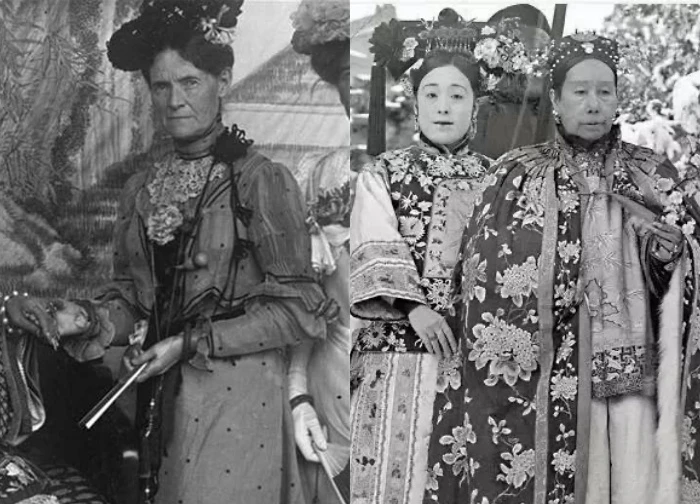
3 | 0 Discuss | Share
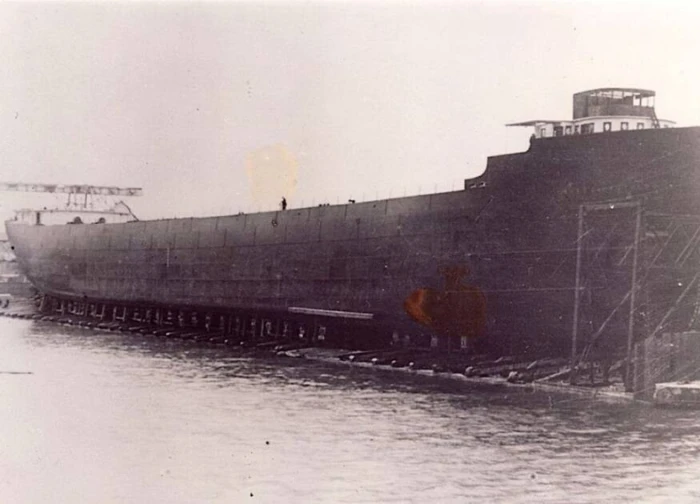
4 | 0 Discuss | Share

4 | 0 Discuss | Share

3 | 0 Discuss | Share
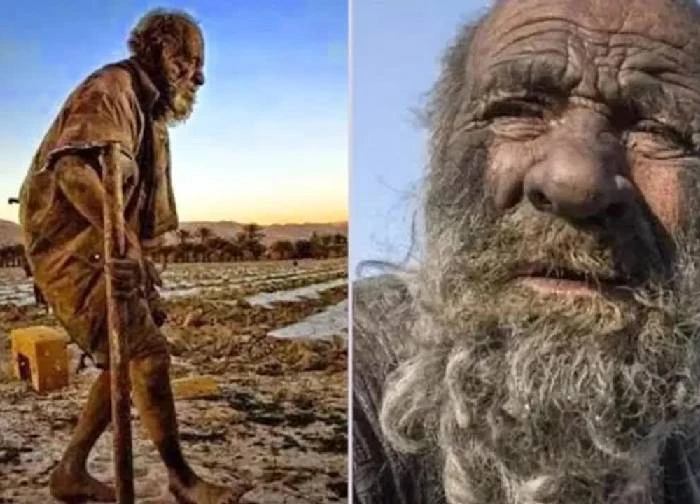
0 | 0 Discuss | Share

0 | 0 Discuss | Share
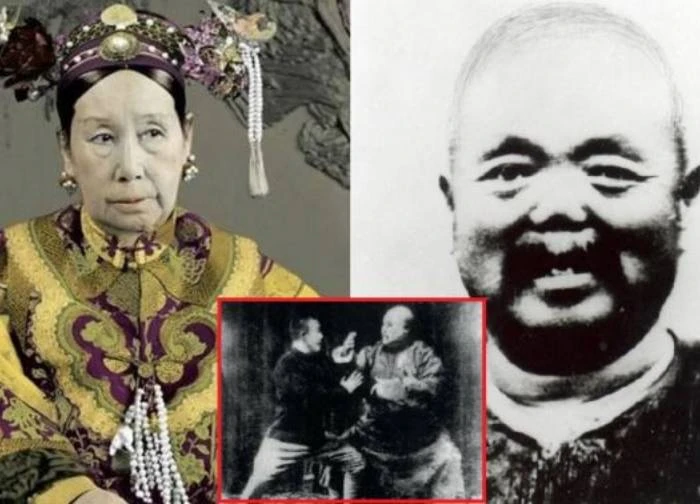
1 | 0 Discuss | Share



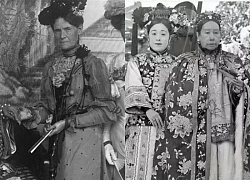
1 | 1 Discuss | Report